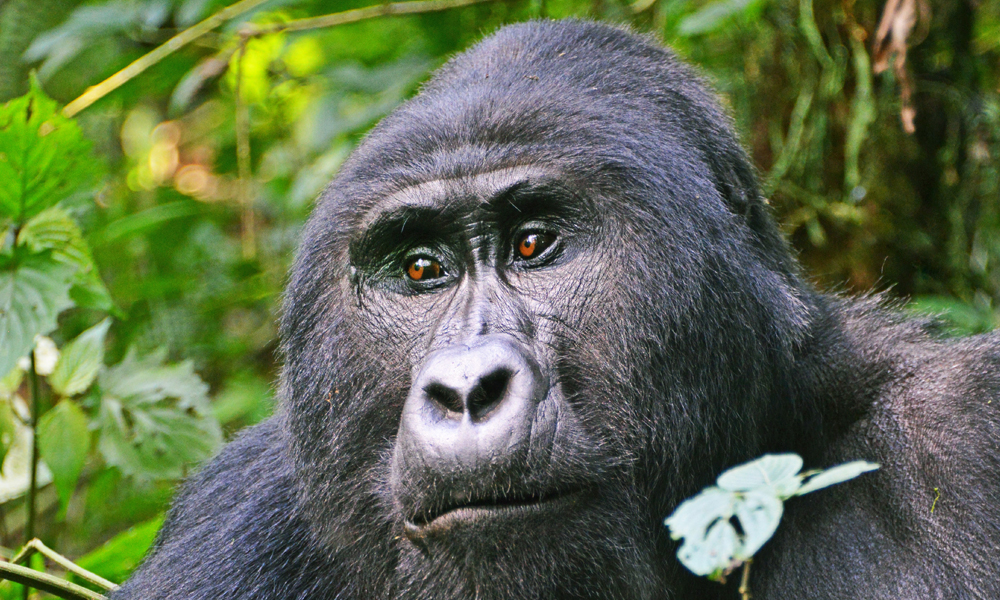East African nation of Rwanda is renowned for its breathtaking landscapes. Rwanda has shown that, with sound government, any nation can withstand severe hardship and turn it into an opportunity to improve the lives of its people. Rwanda, with its 26,338 square km land area, is among the smallest countries in Africa. “The land of a thousand hills” gets its name from the majestic hills that cover a large portion of the nation. The official languages of Rwanda are Kinyarwanda, French, English, and Swahili. The capital city is Kigali.
Rwanda is a nation in Central Africa that is landlocked. Often referred to as “the land of a thousand hills,” it is located on the watershed between the Nile and Congo, two of Africa’s biggest river systems, on the eastern edge of the Albertine Rift, a western branch of the Great Rift Valley. A significant portion of Rwanda’s 26,338 km2 land is covered in magnificent mountainous terrain, with the highest peak, Kalisimbi (4,507 m), located in the volcanic Virunga group and protected by the Volcanoes National Park. Additionally, Rwanda is home to two other national parks: Nyungwe National Park and Akagera National Park.

Rwanda has a moderate climate, with daytime highs of 25–30°C and nighttime lows of 15°C all year round. It might get cold at night in Virunga and Nyungwe. The majority of the nation experiences rainfall over 1,000 millimeters. The two rainiest seasons in Rwanda are from mid-September to mid-December for the short rains and from February to June for the long rains. January, July, and August to mid-September are the dry months.
In memory of the 100 days of trauma that followed the 1994 Rwandan genocide, which claimed the lives of over 800,000 Rwandans, a few designated locations were chosen to serve as their final resting places. For this reason, there are currently eight Genocide Memorial Sites in Rwanda. The following are a few of them: the Nyarubuye Memorial Site, the Nyanza Memorial Site, the Ntarama Memorial Site, the Gisozi Memorial Site in Gasabo District, the Gisenyi Memorial Site, the Nyamata Memorial Site in Bugesera District, the Bisesero Memorial Site in Karongi District, and the sites commemorating the Murambi Genocide. The remains and clothing of the Rwandan genocide victims can be found in these locations. The memorial places serve as a reminder of the nation’s past.
Located in northwest Rwanda, Volcanoes National Park has 160 km² of rainforest. It takes its name from a group of eight dormant volcanoes, five of which are in Rwanda: Karisimbi, Bisoke, Muhabura, Gahinga, and Sabyinyo. The critically endangered gorillas, who are thought to share 95% of their DNA with humans, are found only in the Volcanoes National Park. One of the most remarkable aspects of visiting Rwanda as a travel destination is the ability to witness gorillas in their natural environment, which some people even claim can change their lives.
One of the oldest rainforests in Africa is found in Nyungwe National Park, which is located in the southern portion of the nation near the Burundi border. The Congo and Nile Rivers, the two biggest rivers in the world, are fed by the park. Approximately 1,068 plant species, 322 bird species, 75 recognised animal species, and 13 distinct primate species are found in Nyungwe National Park. The main draws for visitors to the park are the waterfalls, chimpanzees, and the 90-meter hanging Canopy Walk over the forest.
Rwanda is home to several lakes, which visitors can enjoy for their picturesque and tranquil scenery. Among these is Rwanda’s largest freshwater lake, Lake Kivu. Tourists can unwind to their heart’s content at this exceptional inland body of water and beach. While in this lake, one can engage in water sports like windsurfing, kayaking, and canoeing. When in Rwanda, make sure to explore the twin lakes, Lakes Ruhondo and Burera. These twin lakes are used for canoeing, birdwatching, boating, and fishing. One and a half hours’ drive from Kigali, Lake Muhazi provides another excellent choice of lakes in Rwanda. This lake has beaches called Rwesero and Jambo. With over 30 different bird species identified in the lake, visitors may have an exciting bird watching experience. Camping, fishing, and boat cruises are some more activities.
Another nation with a fascinating cultural history is Rwanda. Their culture is centred around music and dancing. There are three sections to their traditional dance. The “intore dance,” or “the dance of heroes,” is the first segment of the dance. There is another dance called the “umushagiriro dance,” or cow dance. The women raise their arms in the air to simulate a cow horn as they dance in an attempt to resemble a cow. Not to be overlooked is the “ingoma” dance. Here, males focus their performance on playing traditional drums. The Iby’iwacu Cultural Village offers visitors a chance to learn more about Rwandan culture.
